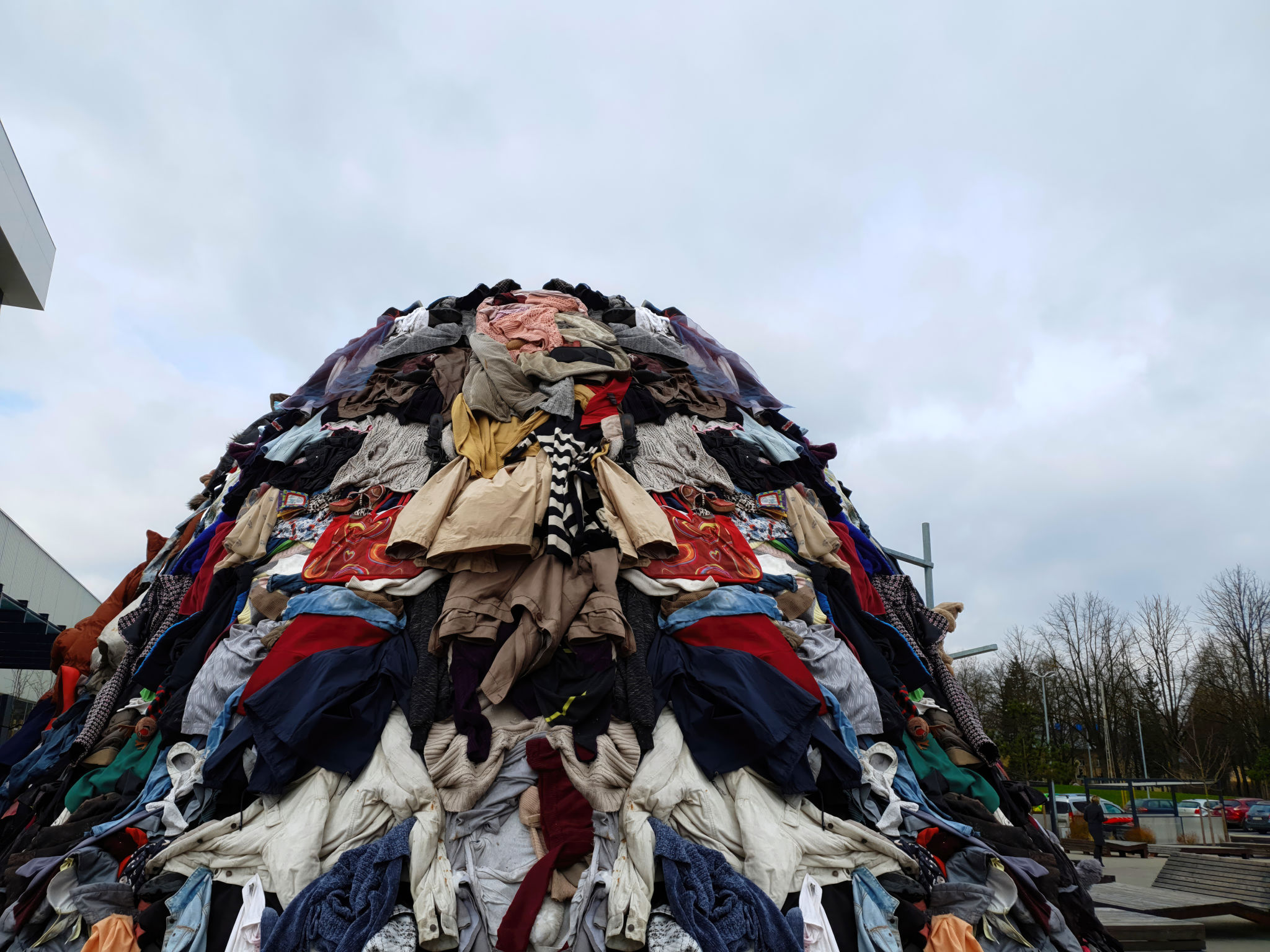The Role of Sustainable Practices in Canada's Apparel Supply Chain
The Growing Importance of Sustainability in the Apparel Industry
In recent years, the apparel industry has increasingly turned its attention to sustainability. As climate change concerns grow, consumers are demanding more eco-friendly products. In Canada, this shift is particularly evident in the apparel supply chain. From sourcing raw materials to final production, Canadian companies are implementing sustainable practices to minimize environmental impact and meet consumer expectations.

Sourcing Sustainable Materials
One of the key aspects of sustainable practices in Canada's apparel supply chain is the sourcing of raw materials. Companies are moving away from conventional materials that have a high environmental footprint and opting for more sustainable alternatives. For instance, organic cotton, recycled polyester, and Tencel are gaining popularity as they require fewer resources and produce less waste. By investing in sustainable materials, Canadian apparel companies are not only reducing their environmental impact but also enhancing their brand reputation.
Implementing Energy-Efficient Manufacturing
The manufacturing stage plays a crucial role in the apparel supply chain. Canadian companies are adopting energy-efficient technologies to reduce their carbon emissions. This includes investing in machinery that uses less energy and optimizing production processes to minimize waste. Additionally, manufacturers are increasingly using renewable energy sources such as solar and wind power to further decrease their environmental footprint.

Waste Reduction and Recycling Initiatives
Waste reduction is another critical component of sustainable practices in the Canadian apparel supply chain. Companies are implementing initiatives to minimize waste during production and ensure that any waste generated is recycled or repurposed. For example, fabric scraps are often reused to create new garments or accessory items, while water used in the dyeing process is treated and recycled.
Logistics and Transportation
A sustainable supply chain also focuses on logistics and transportation. Canadian apparel companies are working to reduce their carbon footprint by optimizing transportation routes and using eco-friendly packaging. Some companies are even collaborating with logistics partners who prioritize sustainability, further enhancing their green credentials.

The Role of Technology in Enhancing Sustainability
Technology plays a pivotal role in supporting sustainable practices within the apparel supply chain. Innovations such as blockchain provide transparency, allowing consumers to trace the journey of their clothing from raw material to finished product. Additionally, digital platforms enable companies to monitor and optimize each stage of the supply chain for better resource management and reduced waste.
Consumer Awareness and Demand
The shift towards sustainable practices is driven not only by environmental concerns but also by consumer demand. Today's consumers are more informed and conscious about the impact of their purchasing decisions. They are increasingly choosing brands that prioritize sustainability, which in turn encourages more companies to adopt green practices. In Canada, this has led to a significant rise in sustainable fashion brands that cater to eco-conscious consumers.
Challenges and Opportunities
While there are numerous benefits to adopting sustainable practices, Canadian apparel companies face challenges such as higher costs and limited availability of sustainable materials. However, these challenges also present opportunities for innovation and collaboration within the industry. By investing in research and development, companies can discover new ways to enhance sustainability while maintaining profitability.
In conclusion, sustainable practices are becoming an integral part of Canada's apparel supply chain. As the industry continues to evolve, it is essential for companies to embrace sustainability not just as a trend but as a core component of their business strategy. Through collective efforts, the apparel industry can significantly contribute to a more sustainable future.